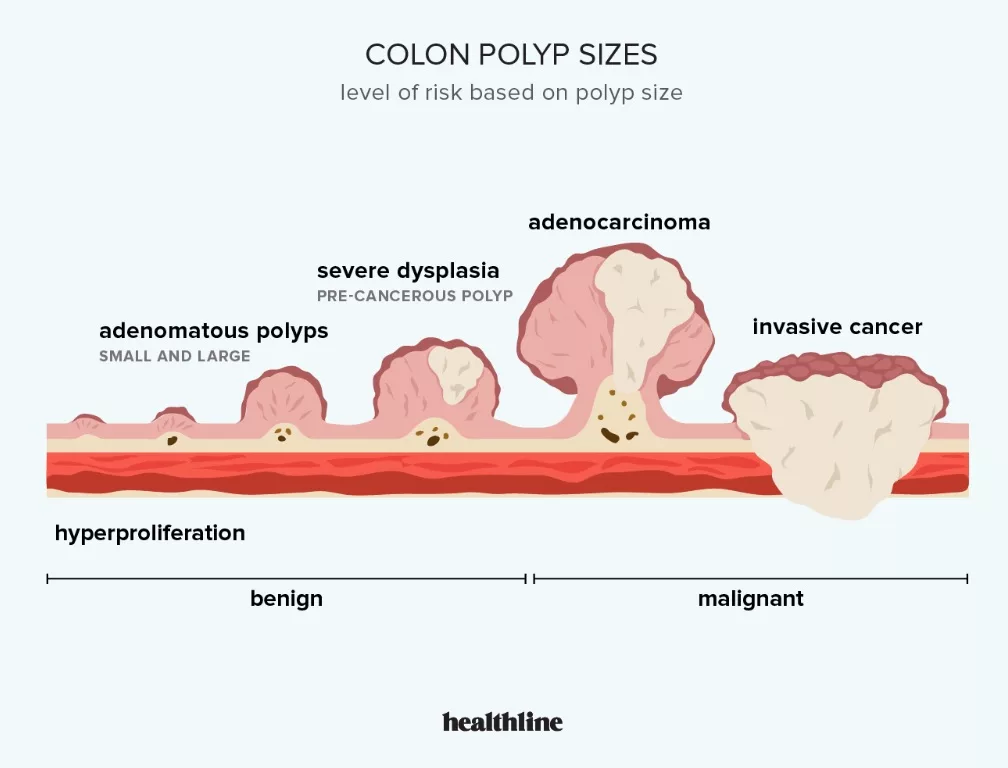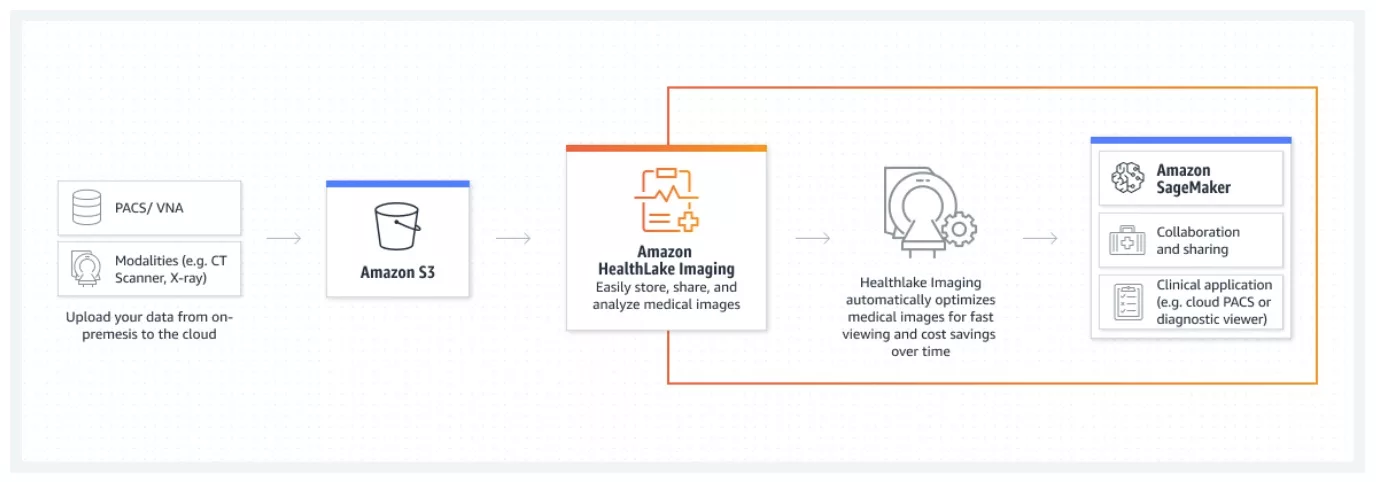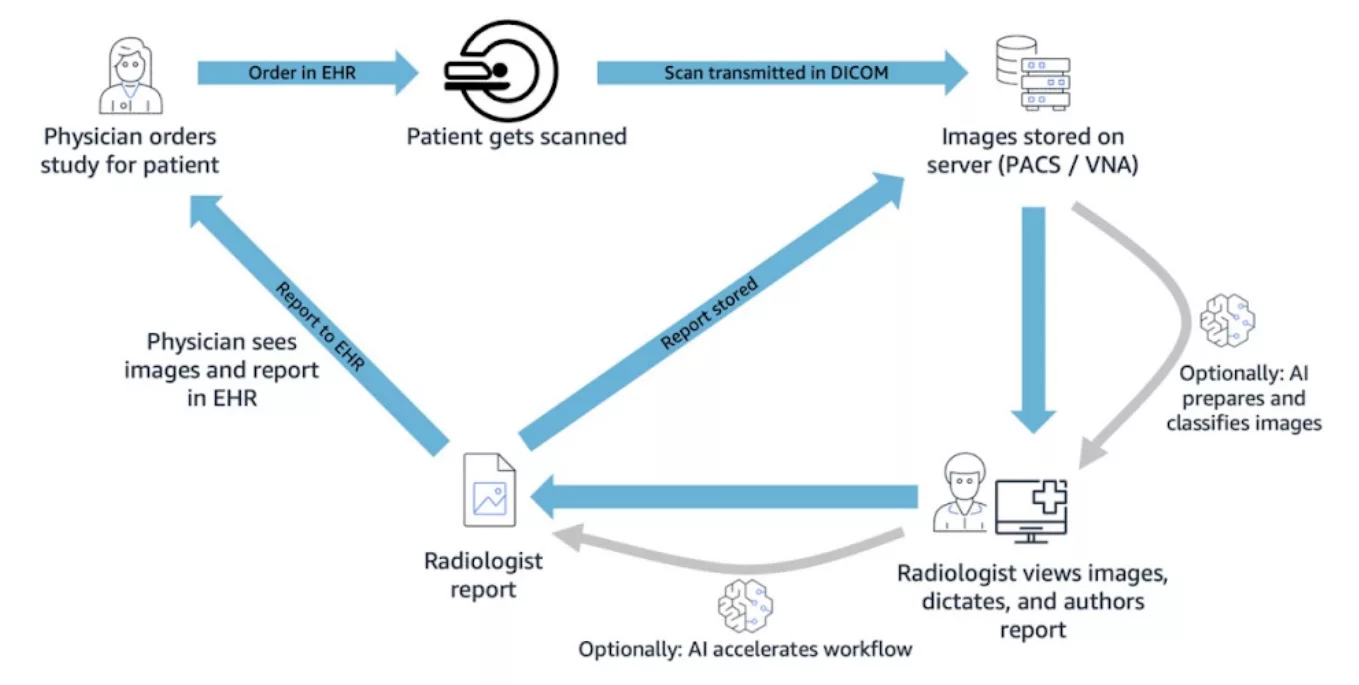The volume of medical imaging data has continued to accelerate over the past decade. The average image study size has doubled to 150 MB – slowing down clinical decision making and increasing the error rate. For instance, most often the cause of post-colonoscopy colorectal cancer (CRC) is the Adenoma Miss Rate (AMR) of colorectal neoplasia — the rate at which neoplastic lesions are not detected in a colonoscopy procedure. Some studies suggest that around 52% of post-colonoscopy CRC cases are due to missed lesions during patients’ colonoscopies. It is estimated that 25% of neoplastic lesions are missed during colonoscopy procedures.

There is always a high chance of missing pre-malignant or early-stage colon polyps in colorectal imaging, which later turns into adenocarcinomas.

By leveraging cloud technologies, healthcare providers and their software partners can run their medical imaging applications in the cloud to increase the scale while also reducing infrastructure costs. In addition, AI and ML models can help improve the efficiency and accuracy of radiodiagnosis by improving the image analysis and interpretation while decreasing the error rates. This can significantly reduce the burden on healthcare ecosystems while improving care outcomes.
SourceFuse, an AWS Advanced Consulting Partner with AWS Healthcare Competency, can help healthcare providers store, access, and analyze medical images in the cloud at petabyte scale by leveraging AWS HealthLake Imaging, a HIPAA compliant AI-Assisted Medical Imaging Service in the cloud.
Read our recent blog: Amazon HealthLake: Making Sense of Unstructured Data
It offers the following benefits to Healthcare Providers:
- Reduce Total Cost of Ownership: reduce costs up to 40% by employing advanced compression and storing a single copy of medical images in the cloud.
- Sub-second Image Access: enable access to AI-Assisted medical imaging data with sub-second image retrieval latencies from anywhere powered by cloud-native APIs and applications.
- Automated Infrastructure Management: reduce the burden of infrastructure management to focus time and resources on delivering high quality patient care.
How will it work with existing Hospital IT Infrastructure for Radiology:

Bottom Line
Overall, secure cloud storage, cloud computing, and artificial intelligence (AI) applied together has the potential to significantly improve the accuracy, efficiency, and cost-effectiveness of diagnostic tools and enable the delivery of better care to patients.
